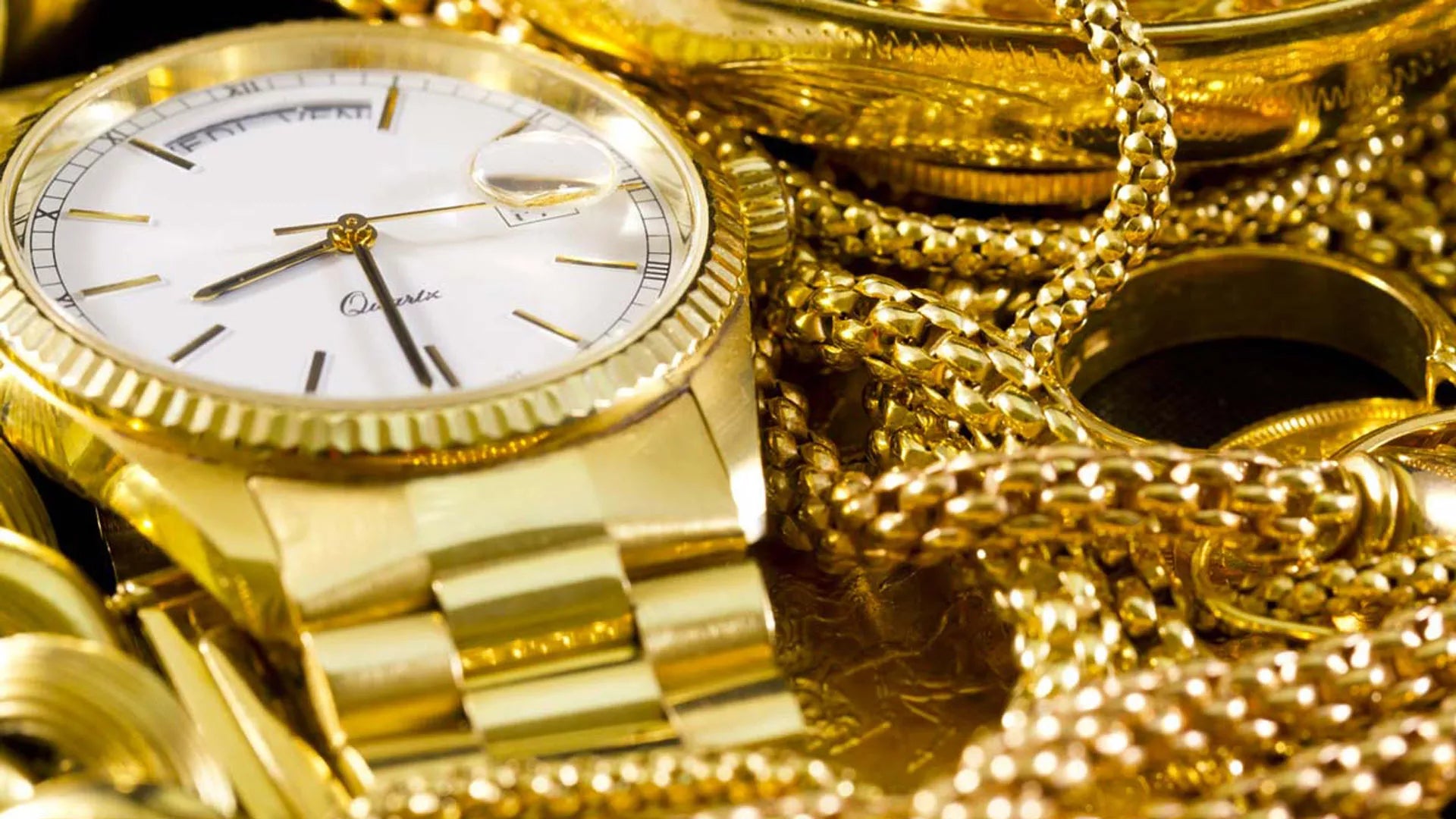In the mid-19th century it was purveyor to the Habsburg Dynasty and aristocratic customers throughout Europe. Many of its classic patterns are still in production.
After the fall of Communism in Hungary the factory was privatized and is now 75% owned by its management and workers. As of 2006, the factory is profitable and exports to over 60 countries of the world. Its main markets are Italy, Japan, Russia and the US.
The factory at Herend was founded in 1826 by Vince Stingl as an earthenware pottery manufacturing factory, but also he had been carrying out research experiments on porcelain making. Stingl ran out of funds and subsequently went bankrupt, his creditor Mór Fischer took control of the factory in 1839. The new owner of the manufactory, Mór Fischer, being very ambitious and having new ideas, started artistic porcelain manufacturing in the same year. At that time it was almost impossible to replace broken pieces and supply old, classical porcelain dinner-sets from the Far East and from Europe, but Mór Fischer's efforts met the support of the Hungarian aristocracy already in 1840.
The artistic demand, the effort of manufacturing the first true pieces in Herend succeeded in a very short time. The First Hungarian Applied Art Exhibition, the Vienna Exhibition in 1845, the Great Exhibition in London, 1851, the Exhibition of the Industry of All Nations in New York, 1853 and the Exposition Universelle in Paris, 1855, brought the highest appreciation for Herend. This appreciation appears in the orders made on behalf of several royal courts (Queen Victoria, Francis Joseph I., Maximillian, Mexican emperor etc.).
The name of well-known patterns refer to the first customers (Queen Victoria, Esterházy, Batthyány, Rothschild, Apponyi). In 1865 Francis Joseph I gave noble title to Mór Fischer, appreciating his results and work in porcelain art. From 1872 Mór Fischer Farkasházy, Purveyor to the Royal Court, was entitled to use the shapes and patterns of the Manufactory of Vienna, which had closed down. That was the first golden age of Herend.
In 1874 Mór Fischer gave the management of the manufactory to his sons. After this, the level of production started to decline, due to repressing the artistic expectations. The factory had several owners, and went almost bankrupt as a result of withdrawing from the artistic aspects. Development came only at the end of the century, when the grandson of the founder, Jeno Farkasházy, became the owner of the factory. Jeno Farkasházy was a trained ceramist, who gained experience in foreign factories and wanted to follow the founder's concepts. Having excellent taste, he gave new life to traditions and in addition, introduced novelties in 1900 Paris and 1901 St. Petersburg.
Between the two world wars, limited reproduction of traditional products, from the age of Mór Fischer, was continued. Hungarian figures were also manufactured, after the work of the best Hungarian sculptors.
In 1948 the company was nationalised. In 1993 it was privatised, and 75% is now owned by the management and workers.


